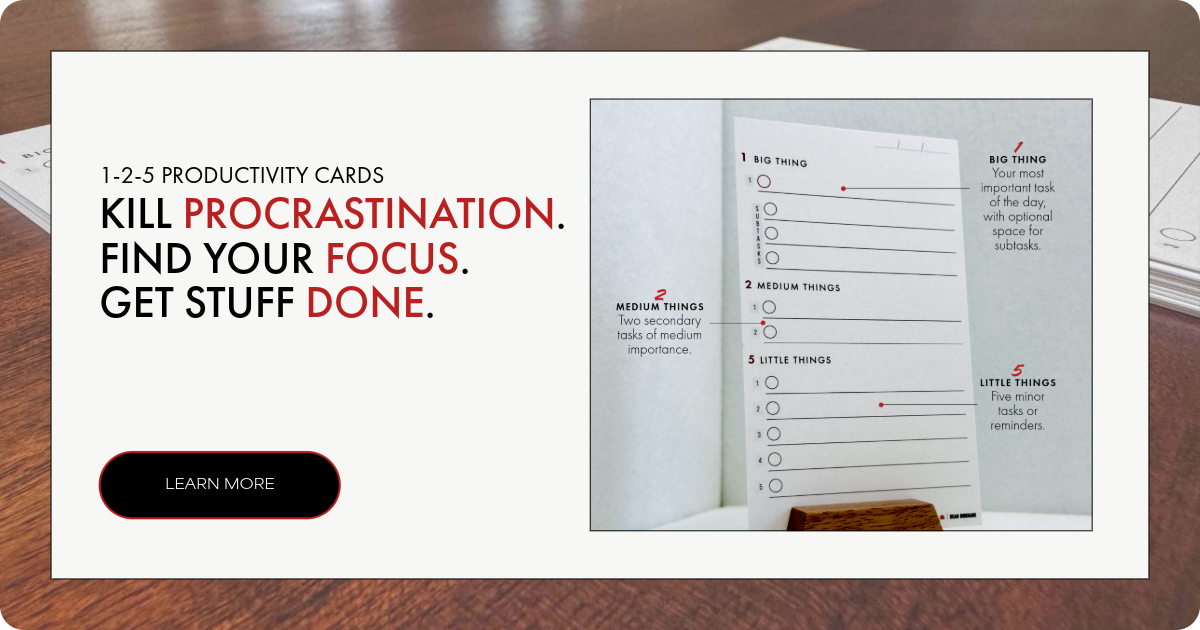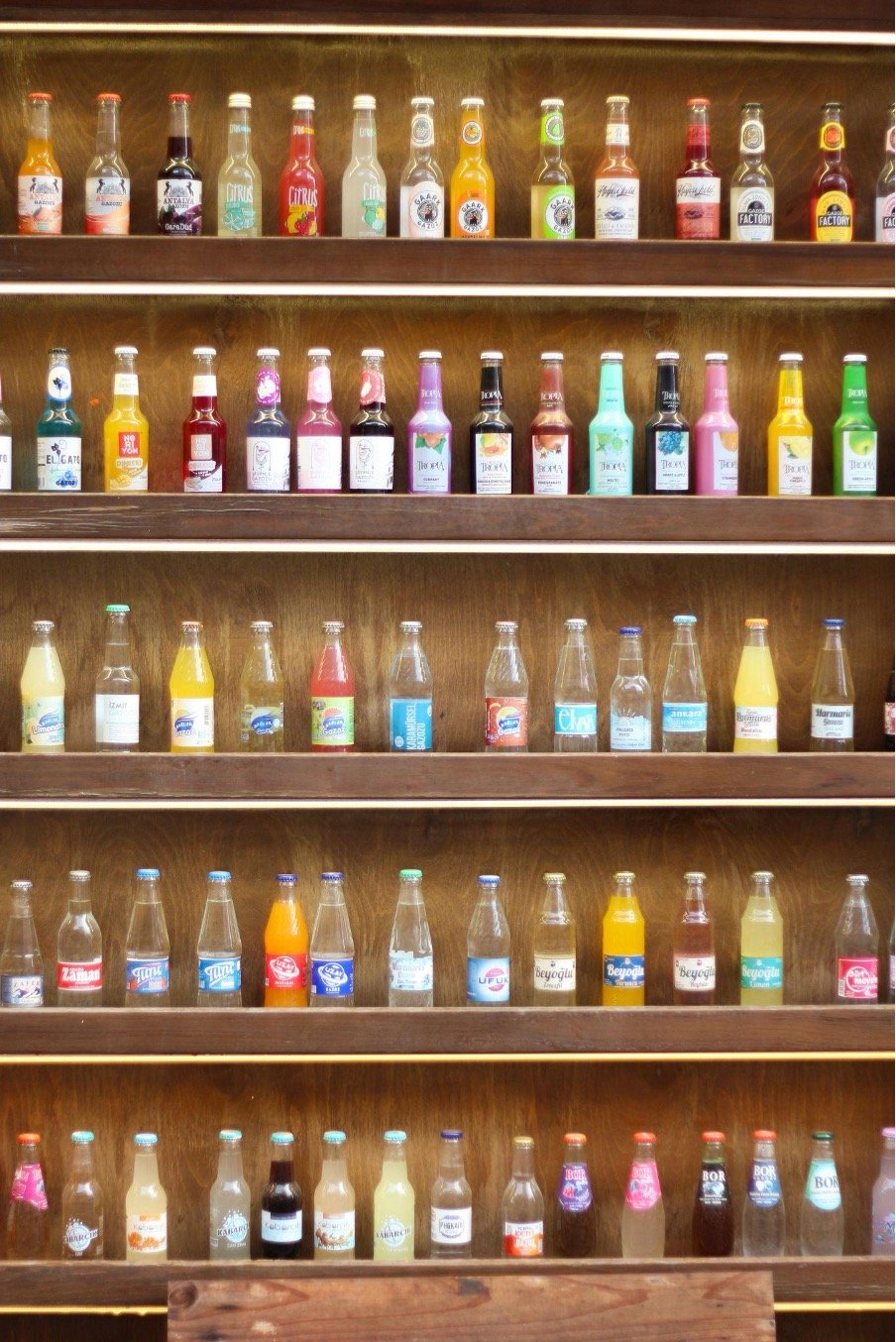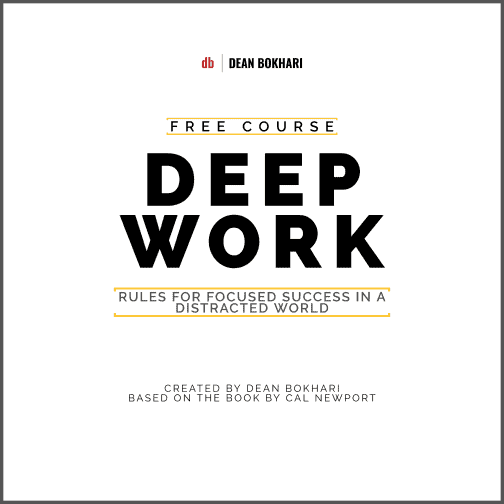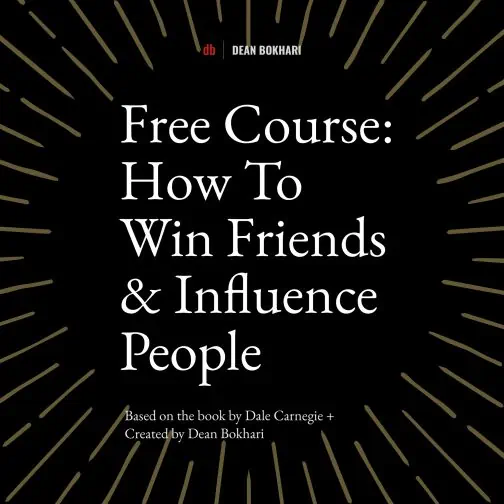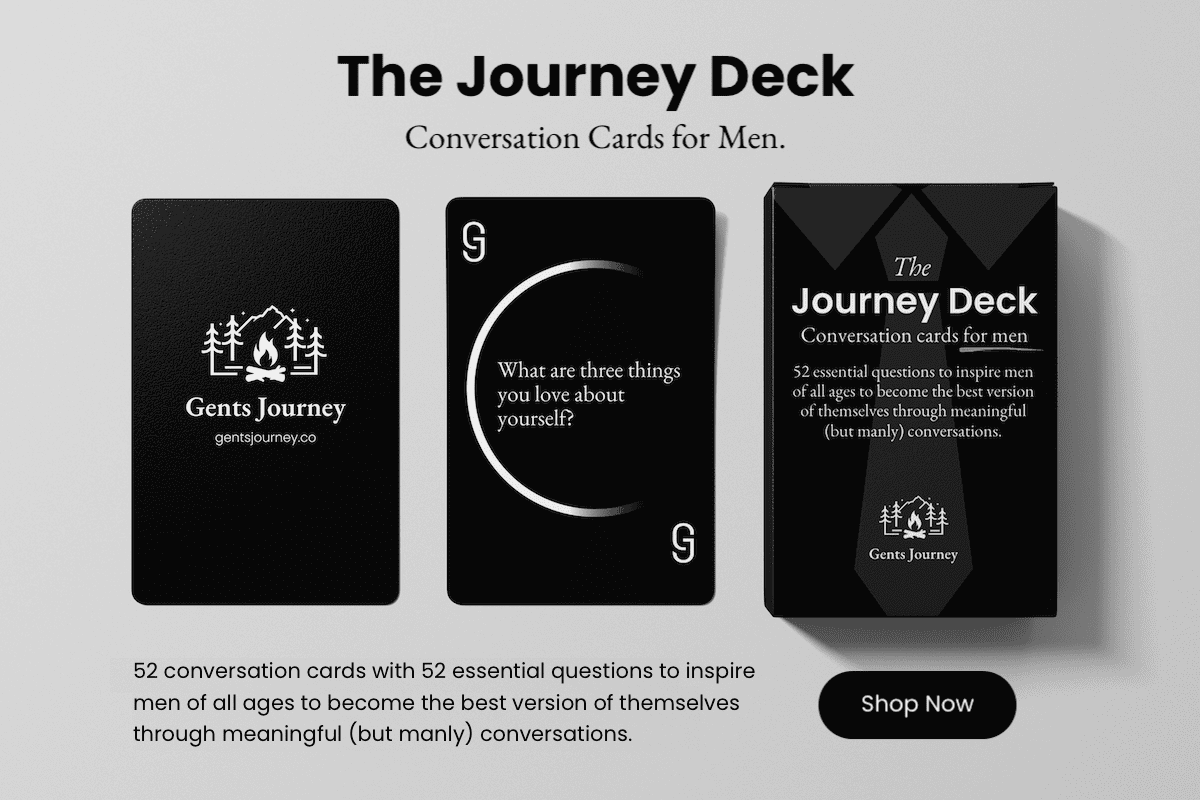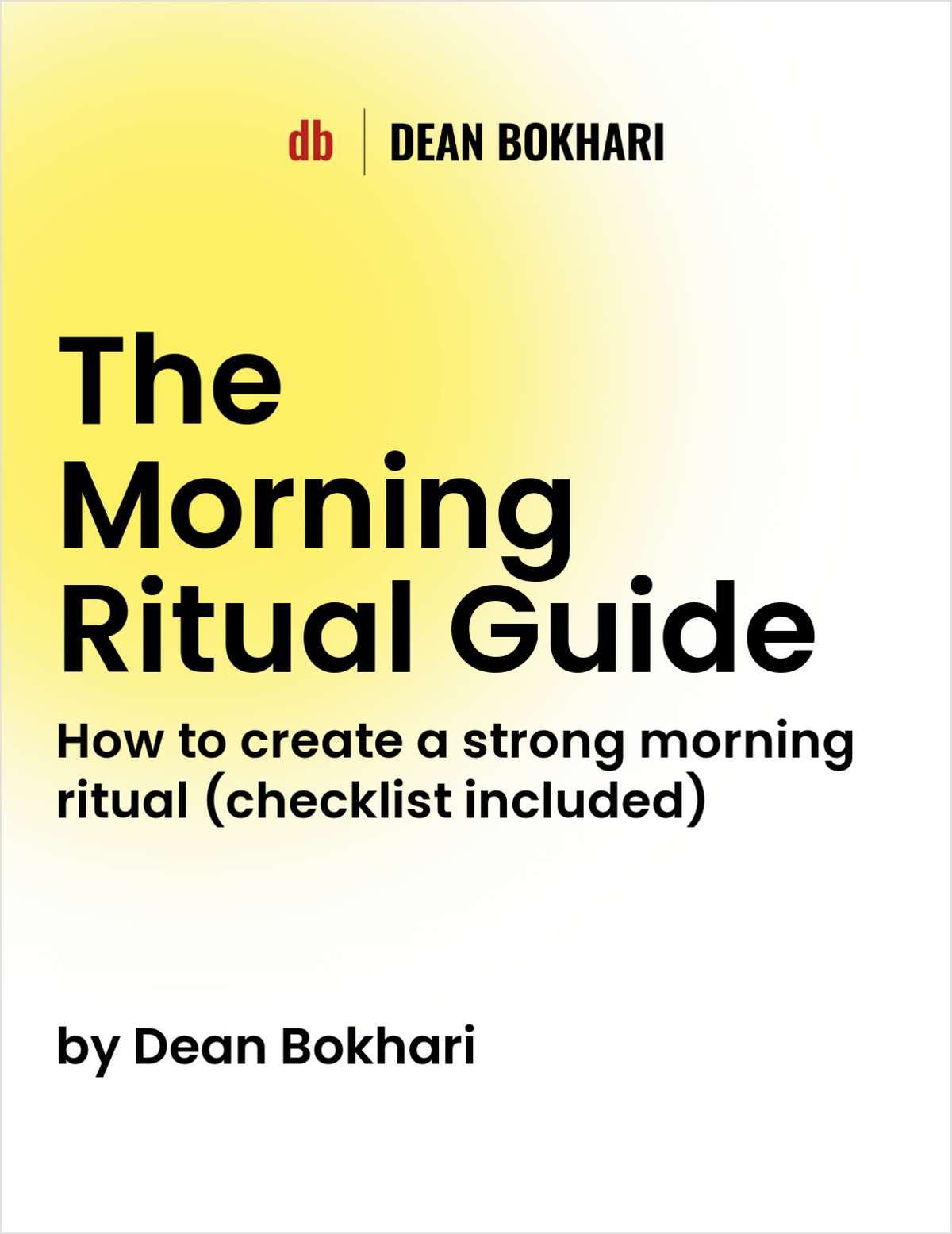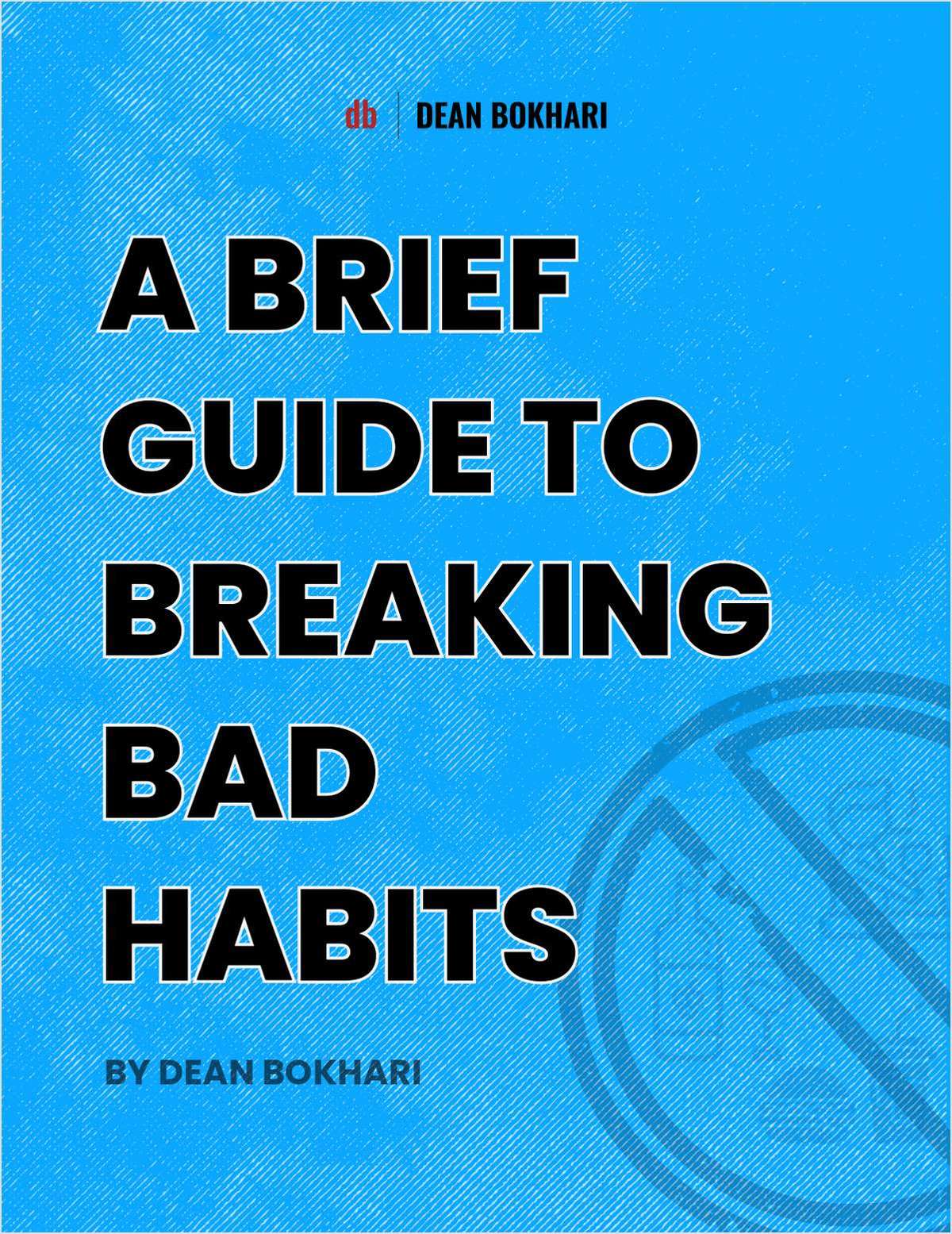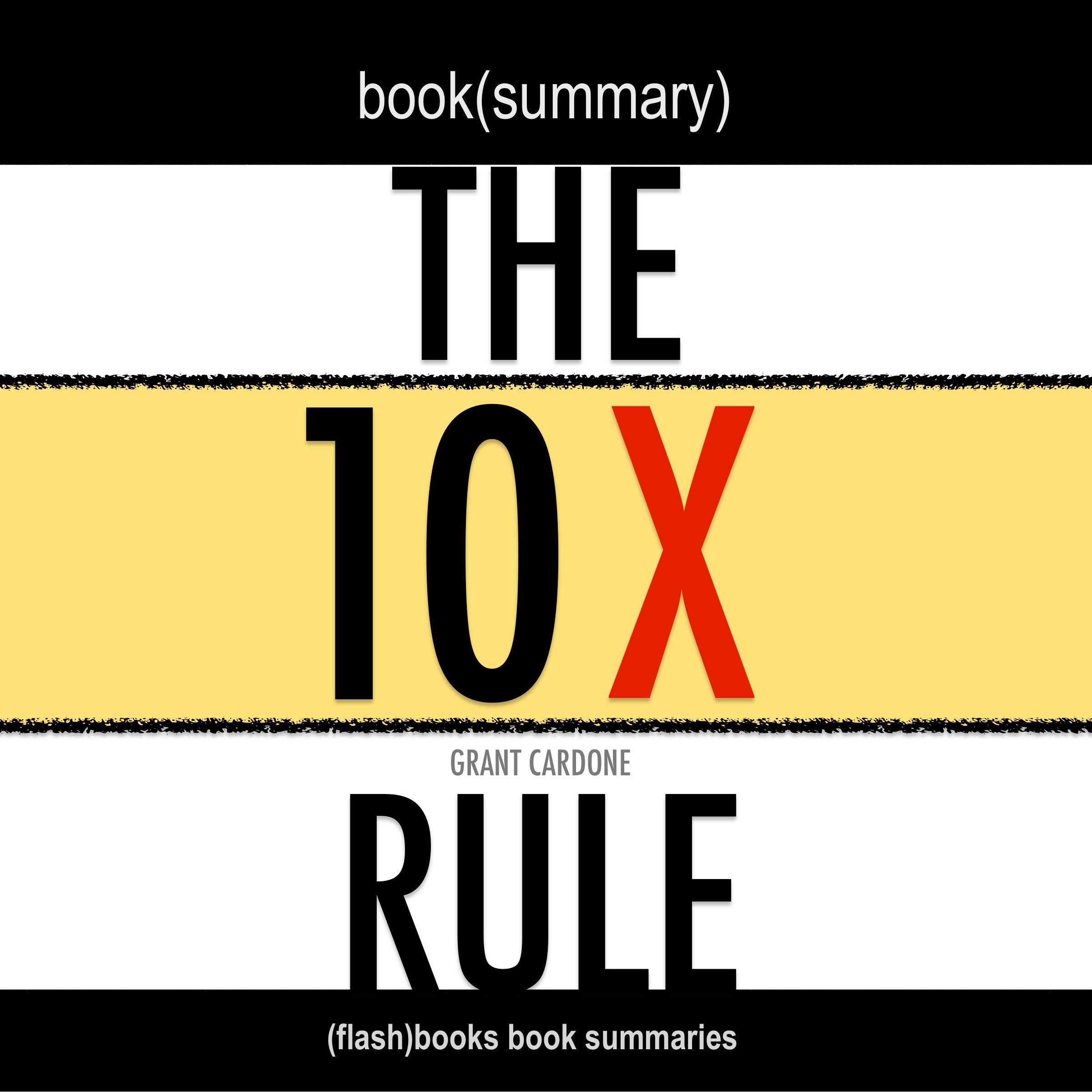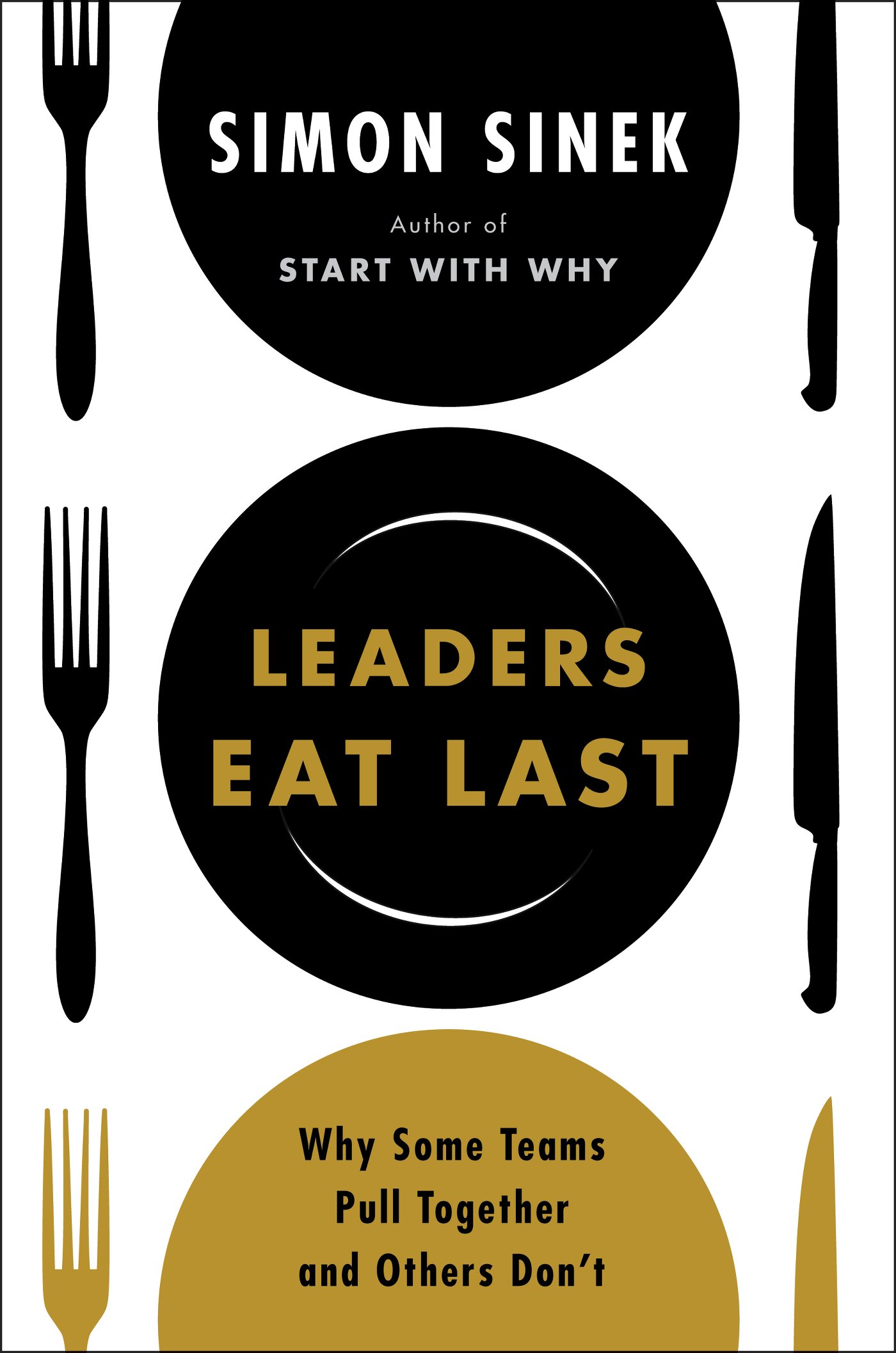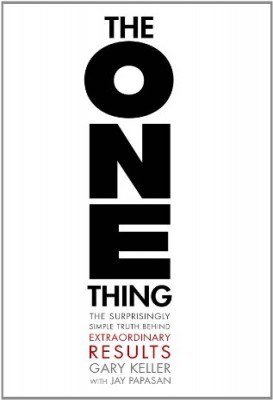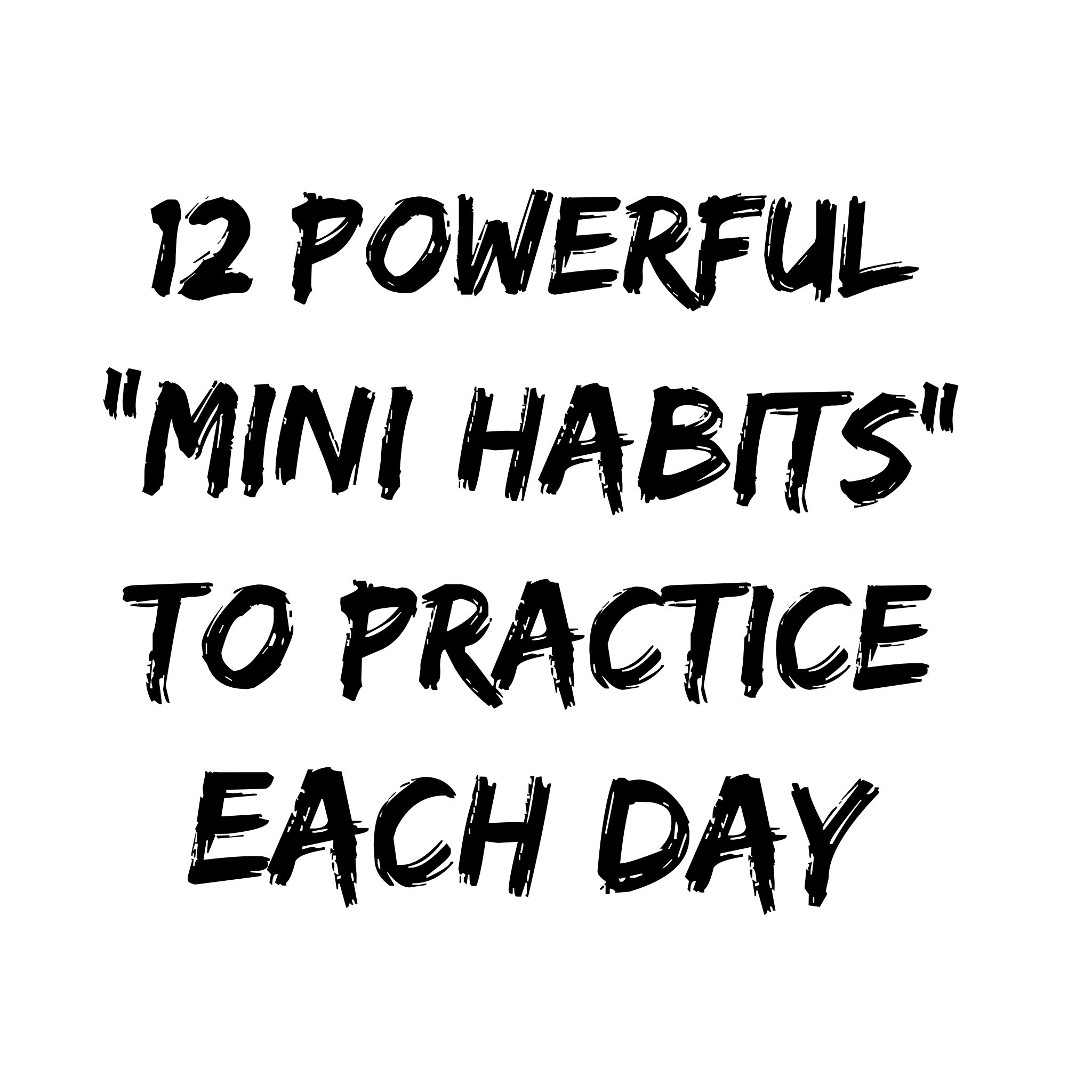The Importance Of Maintaining The Exterior Of Your Office
Collaborative Post
Launching a new beverage is an exciting venture. However, it’s a crowded market with a lot of regulation, so you need to carefully plan your launch. It’s essential to develop a strategy before you’ve even settled on a recipe. Below are just a few tips that will help you to deliver a winning beverage.
Have a clear target audience
First, think about your audience. Having a clear target consumer in mind can help you to choose the right flavors, build a relevant brand and market in the right places. Start by considering the age: is it for kids or adults? If so, is it likely to be drunk by young adults or older adults? You should also consider the setting you imagine it being consumed in. Some drinks are designed for the gym, others for bars and others as a premium choice at a restaurant.
Identify your USP
Every product needs a unique selling point. This could be an unusual ingredient within your drink, a distinctive packaging idea or you could aim to solve a unique problem. Establishing this USP early is key, as it needs to be central to your product design and branding.
Build a memorable brand
The best products typically have a catchy brand name, a striking logo and an identifiable brand color scheme. Coca-Cola is a prime example with its flowing handwritten logo and red color scheme. To help you come up with a memorable brand, do your competitor research, and consider ways to stand out, while making sure that your brand still reflects your product and audience.
Choose the right packaging
The type of packaging you choose can impact the visual appeal and function of your product. When it comes to packaging like wine bottles, there are different colors and shapes you can choose - some of which may be better suited to certain types of wine or communicate better with certain audiences. With other drinks like juices, you have the choice of a range of container shapes and materials from cardboard cartons to aluminum cans. Weigh up the price, weight, sustainability and durability of each material.
Navigate regulatory compliance
Before your beverage reaches consumers, it must meet all legal and regulatory standards. In the US, all drinks must meet FDA standards - which includes testing drinks for impurities, abiding by certain manufacturing standards and printing certain information on your product’s label. Selling your drink in other countries may mean having to adhere to different rules.
Trial your drink
It’s a good idea to test your drink on a focus group of consumers before you start mass-producing it. This could help you determine whether you need to tweak the flavor. It could also be a chance to get feedback about packaging and branding. When you do launch your drink, consider a small initial batch to get further feedback. This could allow you to make further changes if necessary before moving onto larger batches.
Target marketing and distribution
with precision
Your marketing and your distribution needs to be targeted precisely so that you reach the right consumers. For example, if you’re selling craft beer brewed using eco-friendly methods, don’t just settle for regular digital marketing and high street retailers. Instead think of niche strategies like optimising search results for ecosia, setting up a stall at an environmentalist event, targeting local taprooms and potentially selling to bars that have a green angle.
—End of collaborative post—
✨ New Series: How to Become an Early Riser
- Discover key methods to make early rising a habit
- How to wake up early + energized every morning
- Morning routines for health + success
Free self-development courses
👇
Tap on any of the courses below to start learning how to:
- boost your productivity (withGTD),
- get focused (with Deep Work),
- design a successful + fulfilling life (with The 7 Habits course),
- or learn the art of influencing others (with the How to Win Friends & Influence People course.)
All for free.
👇
Free life guides
👇
Best-selling Self-development courses by Dean Bokhari
Kill procrastination.
|
Get stuff done.
|
Get motivated.
|
Connect with anyone.
|
freshly pressed:
Top Audiobooks narrated by Dean Bokhari on audible | |
Book summaries
- The Power of Habit by Charles Duhigg
- 12 Rules for Life by Jordan B. Peterson
- Presence by Amy Cuddy
- Leaders Eat Last by Simon Sinek
- The ONE Thing by Gary Keller, Jay Pasan
- Deep Work by Cal Newport
